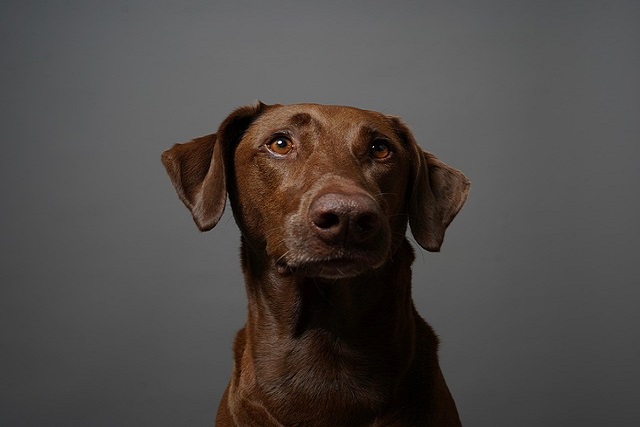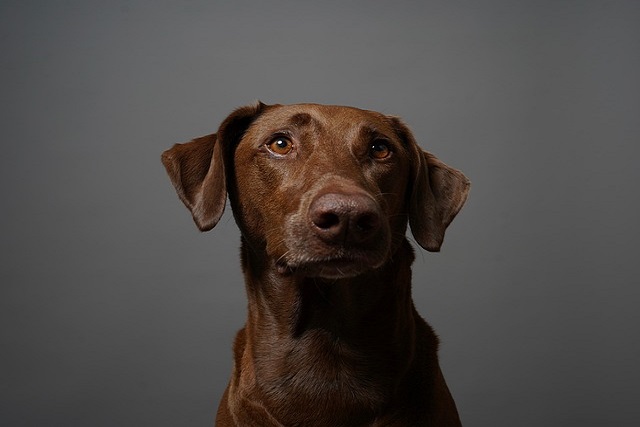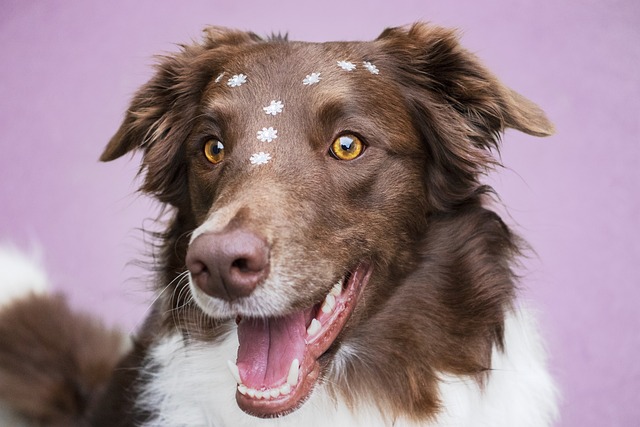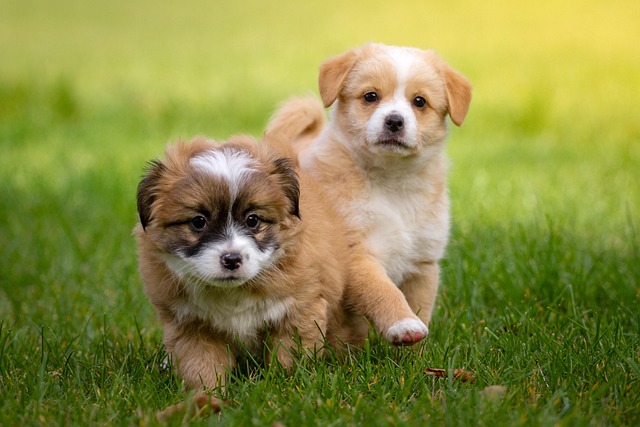
Why is a dog suddenly aggressive towards other dogs
One morning, my friend in Portland took her 5-year-old golden retriever, Charlie, to the park—same as every Saturday. But this time, when a Lab bounded over, Charlie snarled
One morning, my friend in Portland took her 5-year-old golden retriever, Charlie, to the park—same as every Saturday. But this time, when a Lab bounded over, Charlie snarled, hackles raised. It was shocking: he’d always loved other dogs. That’s the thing about sudden aggression towards other dogs—it rarely comes out of nowhere. There’s almost always a hidden reason, and figuring it out is the first step to fixing it.
Dogs communicate through behavior, and aggression is often their way of saying “I’m scared” or “I hurt.” Charlie’s vet found he’d pulled a muscle during a hike the week before; the Lab’s playful jump felt like a threat to his sore leg. Pain changes how even the friendliest dogs react, just like how we might snap when we have a headache. Stress can do the same. When my neighbor’s cat moved in with her border collie, Max, he started growling at other dogs—his “pack” felt disrupted, and he was trying to assert control. Their brains aren’t being “mean”; they’re trying to cope with something that feels wrong.
To get to the root, play detective. Keep a journal: note when the aggression happens (during walks? At home?), what other dogs are involved (big? Small?), and what happened right before (loud noise? Sudden movement?). Charlie’s owner noticed he only reacted when other dogs approached his left side—where his sore muscle was. Max’s log showed his outbursts peaked after the cat hissed at him. Once you spot patterns, you can act. For Charlie, short, slow walks on flat ground reduced pain-related aggression. For Max, separating him from the cat during dog visits calmed things down. A trainer in Texas calls this “removing the trigger, then retraining.”

Legal and community rules matter here. In California, a dog that shows aggression may need a muzzle in public, so addressing issues early avoids complications. Keep rabies vaccines current—mandatory in all states, and proof may be required if incidents occur. When walking, a short leash gives you control, and carrying poop bags isn’t just polite—it’s the law in most places, building trust with neighbors even if your dog is reactive. And never use punishment. Yelling at Charlie when he growled made him more tense; he thought other dogs meant getting in trouble. Positive reinforcement—treating him when he stays calm near another dog—worked better, teaching him “calm = good things.”
Apartment living adds challenges. Thin walls mean loud barks disturb neighbors, so work on a “quiet” command: say it softly when your dog starts to growl, then reward if they stop. Max’s owner used a white noise machine to muffle outside sounds that overstimulated him. When using elevators, wait for one with no other dogs—avoiding triggers makes training easier. Let your building know you’re working on it; most people are understanding if you’re proactive.
Dogs don’t suddenly turn aggressive without cause. It’s their way of asking for help, not being bad. With patience, observation, and kindness, you can help them feel safe again. Charlie now wags at other dogs, his muscle healed, and Max? He’s learned the cat and other pups can coexist—proof that understanding fixes more than punishment ever could.

One morning, my friend in Portland took her 5-year-old golden retriever, Charlie, to the park—same as every Saturday. But this time, when a Lab bounded over, Charlie snarled

Watching a litter of 3-week-old puppies waddle toward their mom, tiny tails wagging, makes you wonder: Should they be trying solid food by now?

Watching your dog bare their teeth at a stranger or snap at another pup can send your heart racing. Last month, my friend in Seattle panicked when her shepherd mix,

Picture this heart-stopping moment: you're at Seattle's Magnuson Park, your off-leash Golden gleefully chasing squirrels toward a busy road as your frantic "Come!" echoes uselessly.

Calling your dog and watching them bolt the other way—tail wagging, nose to the ground, ignoring every “come!” you shout?

Coming home to a shredded couch cushion and your favorite shoes turned into chew toys? That’s what happened to my friend in Denver with her 9-month-old lab